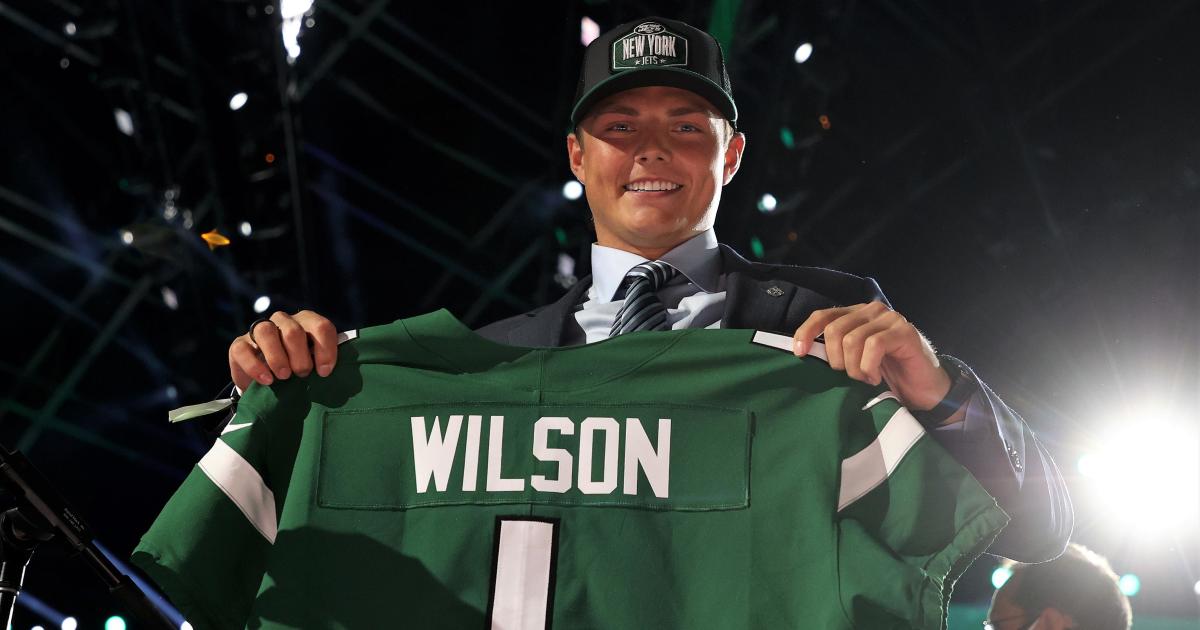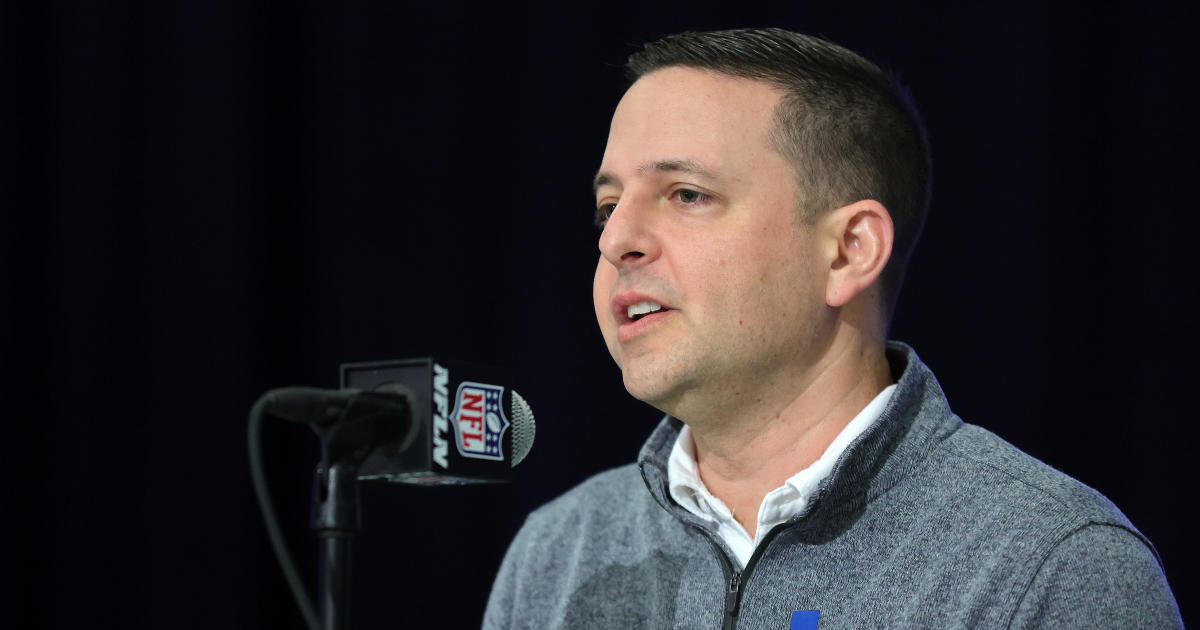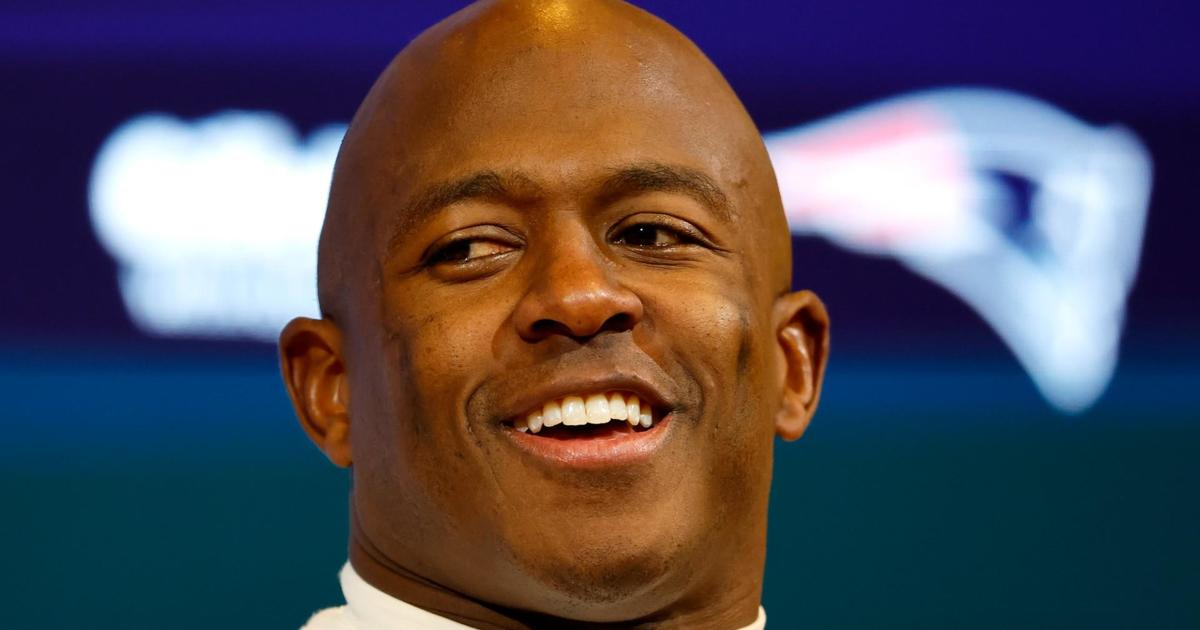Hurley: Four Real Reasons Why NFL Banned Leaping Over Line To Block Kicks
By Michael Hurley, CBS Boston
BOSTON (CBS) -- Typically, when you're looking for a defense of a controversial decision made by the NFL, this is not the space you'd find it.You'll normally find the exact opposite 99 percent of the time.
But today, in the wake of the NFL banning the leap over the line on attempts to block field goals and extra points, is the 1 percent.
Basically, it seems like everybody is upset by this rule, deeming it a "No Fun League" decision and calling it a suppression of creativity in a league desperate for some excitement. Admittedly, this sentiment has been observed in wholly unscientific fashion, but for the sake of the exercise, let's proceed as if most folks are upset.
Now, when the NFL explains that it made this change for "player safety," that is only partially true. Frankly, so many violent collisions and plays take place on a football field every single snap that it's impossible to ever create a "safe" environment for players. The risk is, simply, part of the game.
But on this particular play, the owners do not want players to get injured, because if they do, it will be in spectacular fashion. Here's why.
1. NFL coaches adapt quickly to new strategies
Remember the Wildcat? It was popular for about five minutes until coaches learned how to easily bottle it up. NFL coaches (well, some of them) are pretty smart, and as a move like the line leap gains popularity, the more likely it is that coaches will install methods to prevent it from happening. Coaches adapt in the NFL. It's what they do.
And in the case of leaping the line, there is only one defense: teaching the long snapper and linemen to stand straight up at the time of the snap.
Now you have to do a simple math equation:
Adult man
+ Leaping four feet high
+ Larger adult man standing straight up
+ Helmet and/or shoulderpad clipping the leaping man in the ankle
= complete and utter disaster
People love to see the blocks, and they love to see even the failed attempts when someone like Tony Lippett jumps way too early. However, eventually, coaches would be forced to coach to stop the play. And the only way to do that would be to send a player flipping uncontrollably in the backfield, out in the open. Which brings us to point No. 2.
2. Everyone Would See A Potentially Gruesome Injury Over And Over Again
Joe Theismann suffered his broken leg on the field more than 30 years ago, and yet it still lives on as the beacon of disgusting football injuries. That's because it happened in the backfield, where the ball was, and where all eyeballs were focused.
The NFL does not like this type of injury.
It's not so much about player safety so much as it is about player (in the middle of the field) safety.
If a player got flipped, landed on his neck, and instantly was left there lying motionless, face-down on the turf, it would create a heart-stopping moment -- obviously, not in the good way. It would be frightening. And if a player was seriously injured -- paralyzed, or worse -- then it would send the league into scramble mode to try to explain how something like that couldn't have been foreseen and why nothing was done to stop it.
Football is violent. Players suffer devastating injuries often. Very few of them take place out in the open coming immediately after a dead stoppage in play. The NFL is all about limiting those instances. This is the latest example of that effort.
3. It's Not Because The Patriots Started Doing It
Or, well, maybe it is. But it's probably not.
The Patriots definitely played a major role in raising the potential issue, but that's largely because of when they did it: On Monday Night Football and then in the Super Bowl. The Patriots sending Shea McClellin over the line raised the frequency and the profile of the move. The Broncos also won a game earlier in the year using the play. Two years ago, Kam Chancellor did it in the playoffs, but it was still rare. Jamie Collins did it late in a largely non-competitive Sunday night game vs. Indy in 2015. It caused some confusion this past season when it looked like Bobby Wagner should have been flagged in another nationally televised game. It became more frequent, albeit still rare, until it was performed in front of more than 100 million viewers in the Super Bowl.
And perhaps seeing it on such grand stages led to the PR-conscious owners feeling like maybe they had dodged a bullet and it would be best to avoid a potential nightmare.
And that's really, what it's all about. Point number four. PR.
4. Public Relations
The NFL only "cares" about player safety in so much as it proved to be very costly to not care about player safety. Taking steps like this can at least provide some material for owners and executives when people accuse them of not caring about player safety.
Have the owners done anything to restrict running backs from getting hit in the head five times on the same play? No, of course not. Have the owners outlawed ball carriers from hurdling would-be tacklers, a move that has the same risk -- if not more -- as the line leap? Nope. Was Cam Newton's noggin basically fair game to get walloped time and time again in last year's nationally televised season opener? You betcha.
But this one is just too out in the open, taking place when the game is stopped and the cameras are focused squarely on the line of scrimmage. A catastrophic -- or, really, a potentially fatal -- injury playing out in that scenario, and then replayed again and again on sports and mainstream news programs, thus leading to debates about whether the NFL is too dangerous and whether the NFL does enough to protect players and whether football should be banned forever? That does the NFL no good. Best to avoid the problem before having to deal with that.
(And don't downplay the mere visual element. The "optics," as folks like to say these days. Ray Rice was a big story for a minute but then quickly faded away. That was, until the video became public, and the country went nuts. Videos have a huge impact in how big of a story something can be in this country.)
Now, that's unlikely to appease fans who simply enjoyed the spectacle of watching men leap over the line like caped superheroes to block kicks. But at least it can help explain why.
Now, back to your regularly scheduled cynical NFL coverage.
You can email Michael Hurley or find him on Twitter @michaelFhurley.



